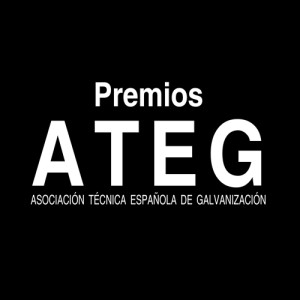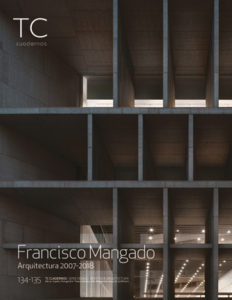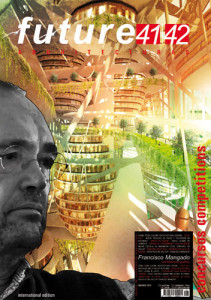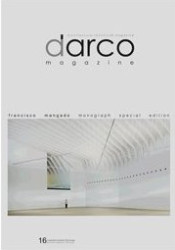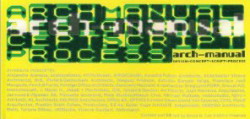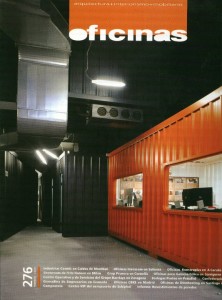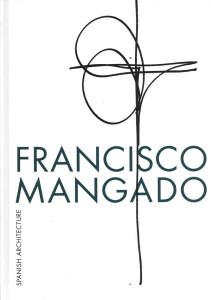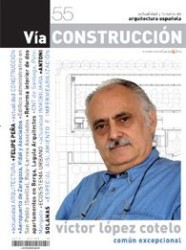New Technologies Training Center+
01-04-2004-03-04-2008
Santiago de Compostela-Spain
3.666 m2
The proposal for the Center for New Technologies of Santiago de Compostela is based on two essential ideas. The first one springs from the conception of the place and its process of topographic adaptation, and the second entails a sense of efficiency. Efficiency having to do in this case both with the speed in which the project must be executed and with the fact, strictly functional, that the resulting building may need to undergo variations in program over the years.
The building is laid out in two parallel pieces separated by a large glazed courtyard. The first piece rests on the higher and narrower area of the site, and contains the access as well as all the uses which may be considered ‘complementary’ to the academic and other general activities of the building (control, administration, services and systems); and the second piece goes up on the lower area of the terrain, oriented towards the south, orderly and smoothly gathering all the classrooms and workshops in such a way that these can be subdivided or brought together in accordance with the different needs and circumstances. Both pieces are connected by a series of bridges, more or less wide, which hover above a landscaped surface full of trees. A wider piece (supported off by the two prisms and located next to the entry to provide direct access from the exterior) contains the assembly hall. The cafeteria and library take up a relevant position in the upper part of the building with panoramic views onto the horizon and the buildings that surround the church of Santa Mercé.
The surrounding terrain thereby manages to sneak into the building in the form of a garden, structuring the construction as a sequence of volumes adapted to the topography where the rich and textured granite walls, retaining and enclosure walls, shall engage in dialogue establishing a contrast with the smooth walls clad in marine aluminum sheet treated with sand and glass blasting, the two materials that define the final appearance of the building. The adopted solution is also expressed through a logical construction system. The tight construction deadlines suggested developing a system of structures based on prefabricated concrete and light and dry construction. Considering the assigned uses, and their foreseeable variation, the systems are mainly exposed.
Calle de Airas Nunes, 15702 Santiago de Compostela, A Coruña, España
